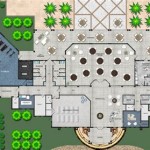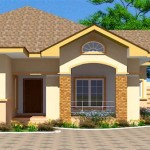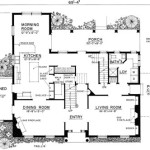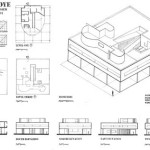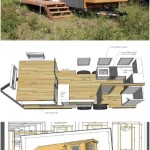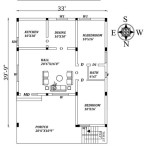House Floor Plans With Loft: Essential Aspects
House floor plans with loft are gaining popularity for their versatility, spaciousness, and unique design possibilities. They offer a perfect blend of open living spaces and private retreats. If you're considering a loft-style home, it's essential to understand the key aspects that will impact its design, functionality, and overall appeal.
Open Floor Plan and Vertical Space
Loft floor plans typically feature an open-concept living area with high ceilings. This creates a sense of spaciousness and allows for a seamless flow of light and air throughout the home. The loft, located above the living space, adds an extra dimension and provides a private area for bedrooms, home offices, or guest rooms. The vertical space also allows for the creation of dramatic architectural features, such as double-height windows and exposed beams.
Natural Light and Ventilation
Floor plans with loft often incorporate large windows to maximize natural light and ventilation. Skylights or clerestory windows can be added to bring additional light into the loft area. Proper ventilation is crucial to ensure air circulation and prevent stuffiness. Consider installing ceiling fans, cross-ventilation, and other measures to maintain a comfortable indoor environment.
Access to the Loft
Access to the loft is an important consideration in floor plans with loft. The most common ways to access the loft include staircases, ladders, or spiral stairs. The choice of access method depends on the space available, the desired aesthetic, and the ease of use. Safety should be a priority, especially if there are children or elderly residents in the household.
Privacy and Noise Control
Since the loft is typically located above the living area, it's essential to consider privacy and noise control. Adequate soundproofing materials and insulation should be used in walls and ceilings to minimize noise transfer between the two levels. Additionally, strategically placed windows and partitions can help create a sense of privacy while maintaining the open feel.
Functionality and Storage
While loft floor plans offer unique design opportunities, it's crucial to prioritize functionality and storage. The open space of the living area may require creative solutions for storage, such as built-in shelves, drawers under stairs, or multifunctional furniture. The loft can provide additional storage space for seasonal items, guest belongings, or a home office.
Building Codes and Regulations
When designing floor plans with loft, it's essential to comply with local building codes and regulations. These codes may specify requirements for ceiling heights, egress, fire safety, and other factors. Consulting with an architect or building professional is recommended to ensure compliance and safety.
Conclusion
House floor plans with loft offer an exciting opportunity to create unique and spacious homes. By carefully considering the essential aspects discussed above, you can design a loft-style home that meets your needs, maximizes natural light, provides privacy, and ensures functionality. Remember to prioritize safety, building codes, and the overall flow of the home when creating your dream loft floor plan.

Small Cottage Floor Plan With Loft Designs

20 House Plans With Lofts Tiny Small Luxury Designs Blog Homeplans Com

Tiny House Floor Plan With Bedroom Loft

Small Cabin Designs With Loft Floor Plans House Plan

Loft Cabin Tiny House Floor Plans Design Small

Small Cabin Designs With Loft Floor Plans
Small Cabin House Plans With Loft And Porch For Fall Houseplans Blog Com

Small Cabin Plan With Loft House Plans

Two Story 2 Bedroom Country Cottage With Bonus Loft Floor Plan Plans

20 House Plans With Lofts Tiny Small Luxury Designs Blog Homeplans Com

